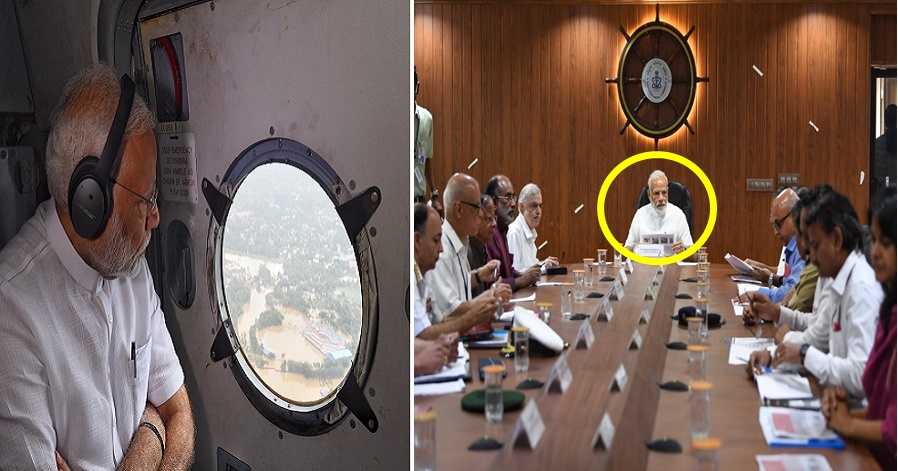Bad news coming in for ISRO, Indians are sad!
It seems like the hopes to rescue the lander-rover as part of India’s Chandrayaan-2 mission, are waning with the window of opportunity to re-establish the link with ‘Vikram’ closing in about a week’s time.
Lander Vikram, with rover Pragyan housed inside it, lost connection with ground-station early on September 7 in its final descent, just 2.1 kms above the lunar surface, minutes before the scheduled touch-down on the Moon’s surface. However, it was later clarified that the communication was lost just 335 metres above the lunar surface.
Constant efforts were being to restore the link has been going on and on since then.
On September 8, ISRO added that Vikram lander was spotted on the lunar surface by camera on-board of the Chandrayaan-2 orbiter.
Vikram had a not-so-smooth landing. The lander which is designed to perform a soft-landing on the lunar surface and rover have a mission life of 1 Lunar day, which is equivalent to 14 earth days, meaning ISRO has just over a week to restore Vikram back to life.
“Progressively, you can imagine that it becomes that much more difficult, with each passing hour, the available power on the battery gets drained out, and there won’t be anything left for it to power and operate”, an ISRO official told PTI.
“With every passing minute, the situation becomes worse only…less and less probable (to establish contact with Vikram”, he said.
“It looks more and more remote only”, the official added when asked if there was a slight chance of restoring the link.
A team at ISRO Telemetry, Tracking and Command Network here has been seriously trying to restore the link with the lander.
“With the right orientation, it can still generate power and recharge batteries with solar panels. But it looks less and less probable, progressively,” the official said.
Another top Isro official said “hard-landing” of Vikram on the Lunar surface has made the task of linking again with it that much difficult as it may not have the “right orientation (to receive signals)”.
“Impact shock may have caused damage to the lander,” he claimed.












